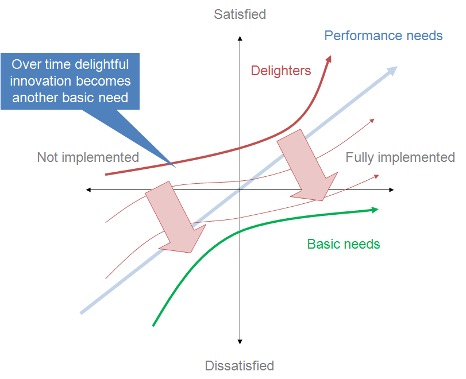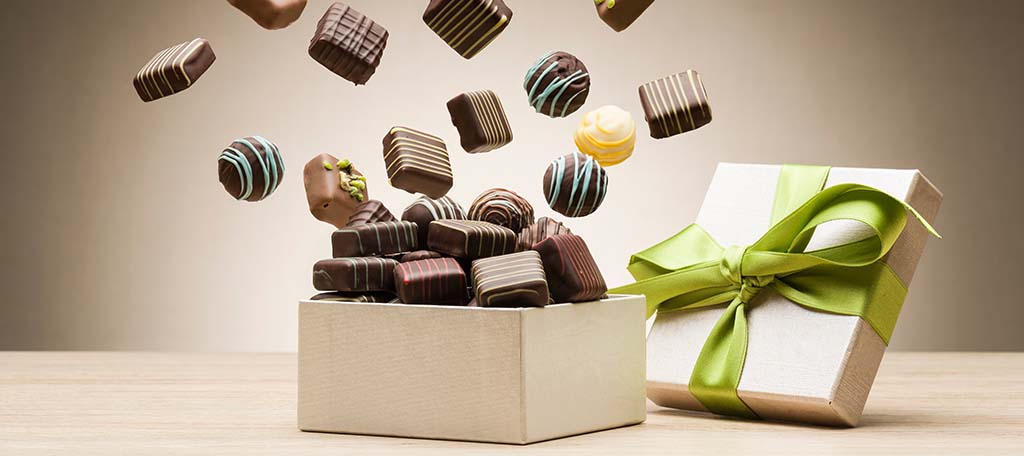By Paula Courtney,
CEO – The Verde Group
Life, Forrest Gump famously said, is like a box of chocolates. CX, on the other hand, definitely isn’t anything like his view on life: as a customer, you should always know what you’re going to get.
I was recently at a small chocolate boutique retailer purchasing truffles for a friend. Another customer next to me was also shopping for chocolates but asked to select her own from the display window. A regular, she knew exactly what she wanted. When the store clerk began unceremoniously heaping the chocolates in a pile into a box, she stopped him. “I’d like my chocolates in a display box like the ones you have for sale,” she asked. The store clerk replied, “Sorry, we don’t do that anymore. If you want your chocolates to lie flat in a display box, you’ll have to buy a special wood container for an extra $35.” I was surprised to hear this and so was she. Where was the economic value there? Who profits from dissatisfying a customer like that? Disappointed, the woman left the store and quite possibly will never return. At one point for this customer, the experience of buying chocolates was positive in that it was personalized, beautifully displayed and she only paid for what she wanted — no nasty pistachio-coconut truffles for her! So why the change?
In a world hypersensitive to all things “service”, it’s easy for businesses to get caught up in the race to new, different and even exceptional. But does new and different necessarily equate to more sales or profit? And, even if you deliver on surprises that are positive, what are their shelf life? When it comes to customer experience, it turns out even nice surprises only go so far.
In the case of the chocolate boutique, someone at head office probably did the math and thought the store needed to cut down on customization. It’s simply too expensive to stock boxes that might not get used and too time-consuming to hand-select and carefully place individual truffles a customer chooses into a box.
- The short shelf life of “surprise and delight” explained
Back in the 1980s, a professor out of the University of Tokyo, Noriaki Kano, developed a theory for product development and customer satisfaction. Today, his model, known simply as the Kano model, is still relevant and highly applicable to CX. The model posits that there are essentially three dimensions to “quality”: 1. Must-be quality, 2. One-dimensional quality and 3. Attractive quality.Must-be quality refers to the requirements that customers expect and are taken for granted. When done well, customers are just neutral, but when done poorly, customers are very dissatisfied and, as The Verde Group has shown, they will defect. In other words, failure to deliver on the basics causes financial risk for an organization.
One-dimensional quality is often regarded as the “better, faster, cheaper” attribute of service. These are typically the dimensions of a product or service in which companies often compete.Lastly, we have attractive quality. In the CX world, this is where surprise and delight lives. These are the unexpected attributes of an experience.
The challenge with attractive quality is that it moves downwards. What once delighted a customer will eventually become a must-be/must-have feature. (Think of how you marvelled at your first iPhone a decade ago and how quickly the delight you feel for your newest one dissipates in days or even hours.)
- Negative surprises lead to negative outcomes
When must-be/must have features are not present or disappear, customers leave – like the woman in the chocolate store who didn’t get the box of chocolates she expected. How much will that cost the chocolate boutique in loyalty and future sales? What’s worse, another customer — me! — witnessed and experienced her disappointment, too. I may think twice before returning.
The bottom line, as always, is the bottom line. Companies can grow revenues by 4% and 8% if they prioritize better customer experiences AND about 90% of companies with “significantly above average” customer experiences perform better financially than their competitors. (Hubspot, Sep 2021).
The takeaway? Always connect your customer experiences to economic value – not just cost to serve, but future value of your customer relationships. It may mean fewer unpleasant surprises for your customers and your organization’s success in the long run.

